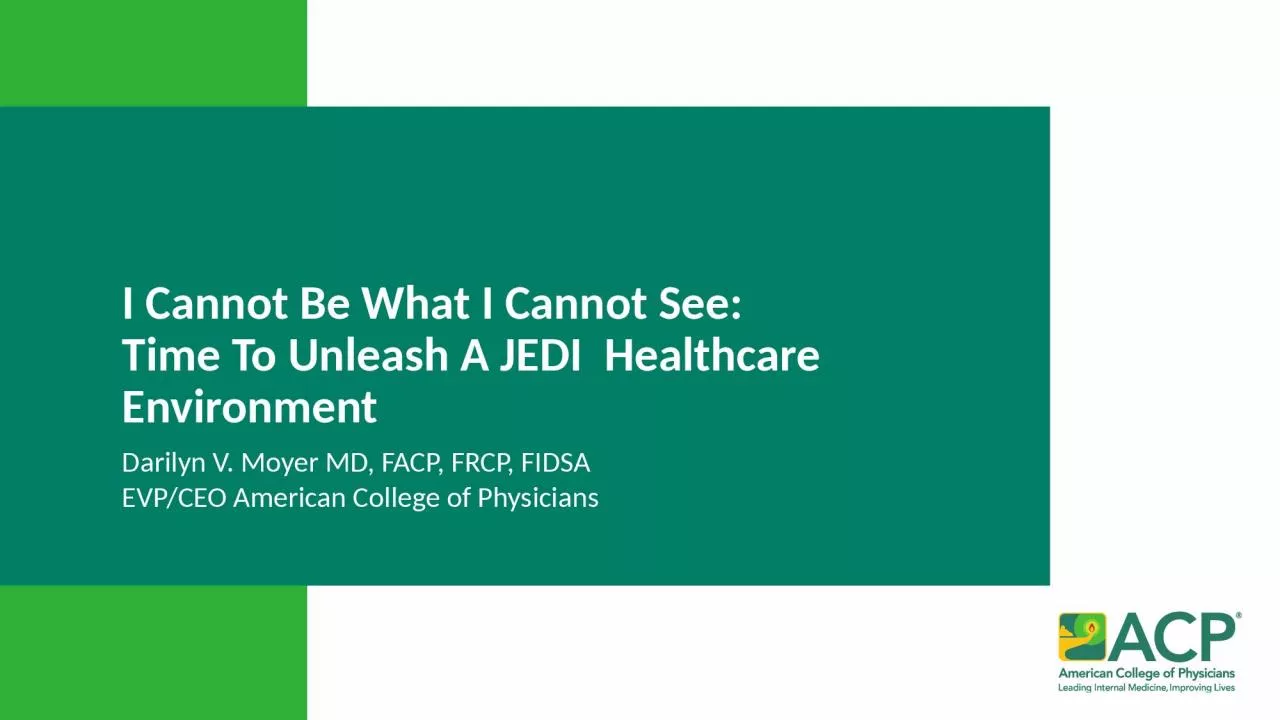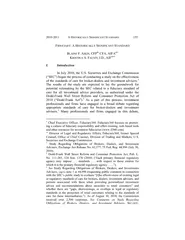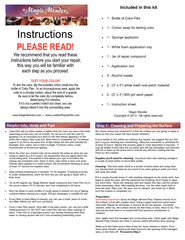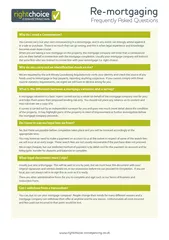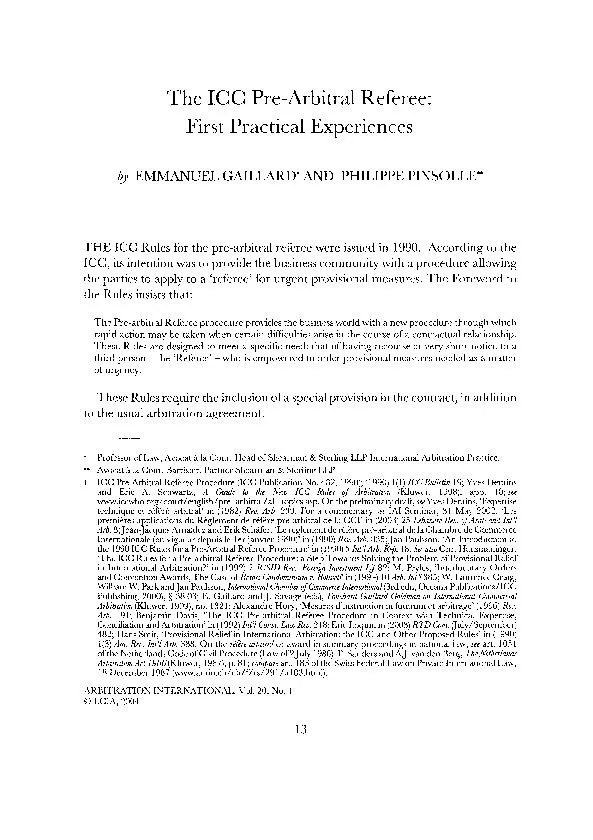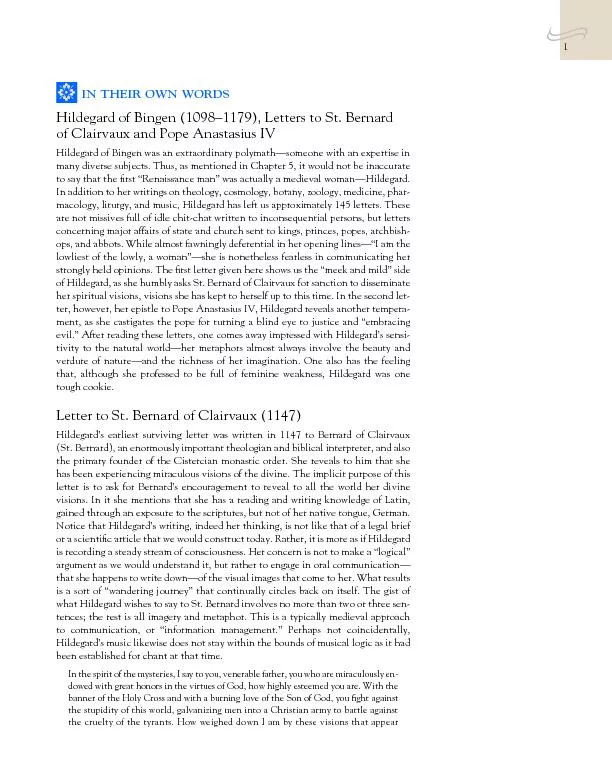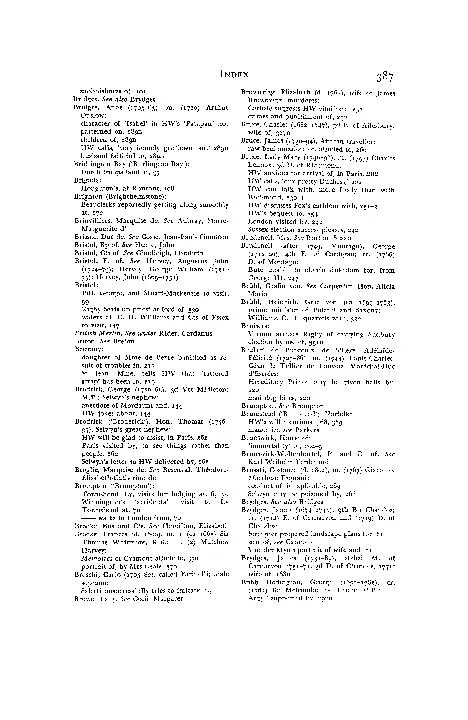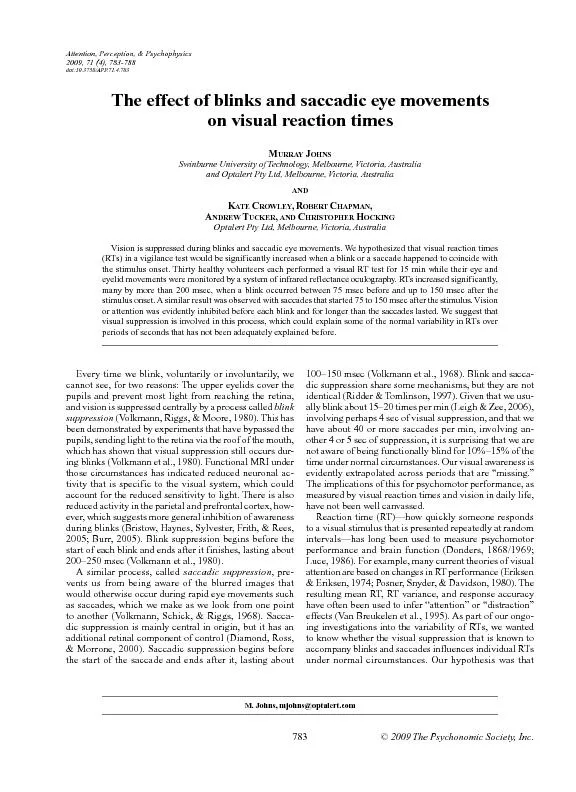PPT-I Cannot Be What I Cannot See:
Author : SugarPie | Published Date : 2022-08-03
Time To Unleash A JEDI Healthcare Environment Darilyn V Moyer MD FACP FRCP FIDSA EVPCEO American College of Physicians 2 3 Disclosures I am a full time employee
Presentation Embed Code
Download Presentation
Download Presentation The PPT/PDF document "I Cannot Be What I Cannot See:" is the property of its rightful owner. Permission is granted to download and print the materials on this website for personal, non-commercial use only, and to display it on your personal computer provided you do not modify the materials and that you retain all copyright notices contained in the materials. By downloading content from our website, you accept the terms of this agreement.
I Cannot Be What I Cannot See:: Transcript
Download Rules Of Document
"I Cannot Be What I Cannot See:"The content belongs to its owner. You may download and print it for personal use, without modification, and keep all copyright notices. By downloading, you agree to these terms.
Related Documents

